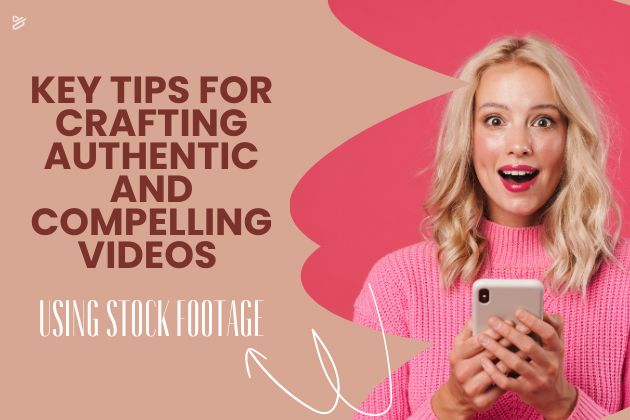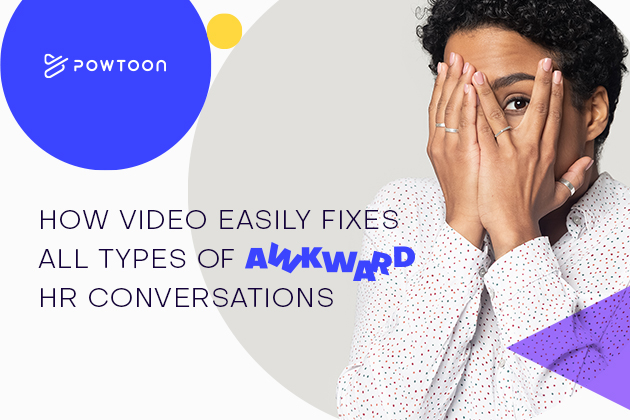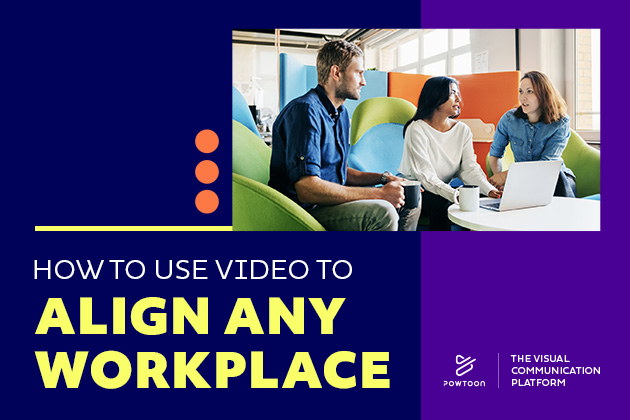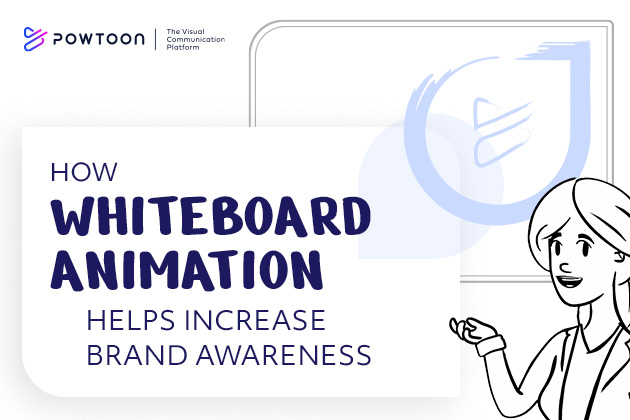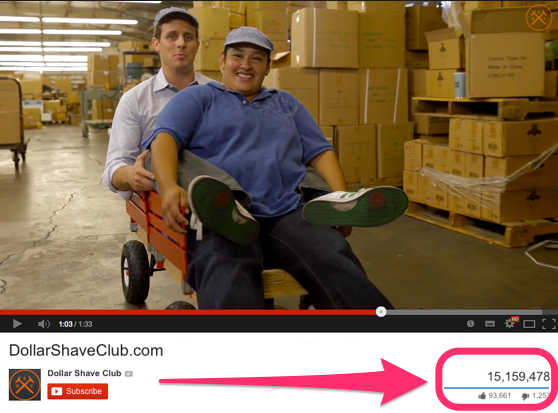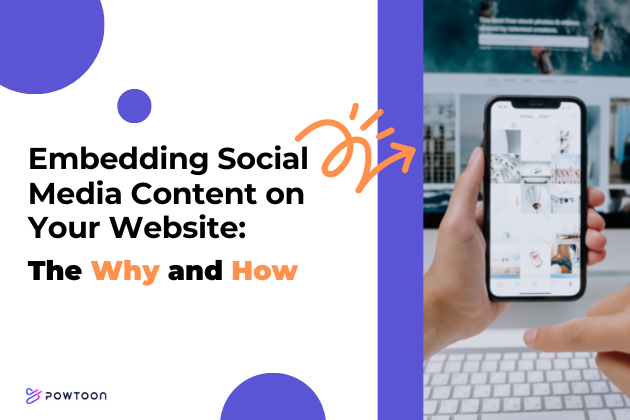
Embedding Social Media Content on Your Website: The Why and How
Social media has become an integral part of our lives. It is a place where we connect with our friends and family, follow our favorite brands, and stay up-to-date with current events. But, social media is not just a platform for personal use. It’s also a powerful tool for businesses and creators to market and share their work and connect with their audience.
In order to save time, money, and energy many businesses choose to repurpose their content from their social media channels, websites, webinars, or podcasts. A great way to repurpose your content is by embedding your social media videos on your websites. In this blog post, we will explore the reasons why creators may choose to embed social media content on their websites and provide step-by-step instructions on how to do so for different platforms. From increasing engagement to improving SEO and brand awareness, embedding social media content on your website can have numerous benefits. So, let’s dive in!
Why Embed Social Media Content On Your Website?
Free Marketing Content
Take a minute to scroll through your Tiktok, Instagram, or Youtube content and have a look at the plethora of awesome content that has accumulated there over time. Your social media content is often your most engaging and attention-grabbing content. Those Tiktok or Instagram posts and videos are bite-sized, captivating, and probably the best video marketing pieces you’ve ever created. It’s the stuff that gets you all the likes, followers, and subscribers. So repurposing that content is a no-brainer! It’s honestly like killing two birds with one stone. You get to showcase your best content to website visitors while keeping your social media game strong. By featuring your top-performing social media posts on your website, you can pique the interest of your audience and keep them engaged with your brand.
Increases Interaction and Provides Social Proof
Embedding content on your website, such as social media marketing videos, is a fantastic way to encourage interaction and provide social proof to your visitors. It shows newcomers that your brand is engaged and active on different social media platforms and provides them with a glimpse of the conversations, feedback, and interactions that are taking place around your business. This creates a sense of community and authenticity that can help build trust and credibility with your audience.
Embedding videos or image posts from your Instagram feed or other social media platforms on your website can provide social proof to your visitors. When they see that your content is being shared, liked, and commented on by others, they are more likely to perceive your brand as credible and trustworthy. This is especially true if you have a large and engaged viewer base on your Instagram account or other social media platforms. Social proof can be a powerful tool for building brand awareness and increasing conversions, and embedding videos or image posts on your website is a great way to leverage this effect. Your best-performing YouTube video or Instagram photos can help you establish your brand’s authority and trustworthiness in the eyes of your visitors.
Improve SEO
Embedding social media content on your website can help improve your search engine optimization (SEO) by increasing the amount of time visitors spend on your site, reducing your bounce rate, and increasing your click-through rate.
More Cost-Effective
Embedding your existing content such as Facebook videos, video ads from Instagram, or Youtube videos on your website is a cost-effective way to produce and share your videos. Unlike creating new video content from scratch, which can be time-consuming and expensive, embedding your existing content from social media platforms like your Instagram videos is relatively quick and easy. By repurposing those videos for your website, you can leverage the content you’ve already created to reach a wider audience and drive more traffic to your website.
How to Embed Social Media Content on Your Website
If you’re looking to embed social media content on your website, the good news is that it’s relatively easy to do so. The process may vary slightly depending on the platform you’re using, but generally, it involves copying and pasting the embed code provided by the platform into your website’s HTML code. Here are step-by-step instructions on how to embed content from different platforms such as Facebook, Twitter, Instagram, TikTok, and more.
Embed Facebook Video:
- Go to the Facebook post you want to embed.
- Click on the three dots in the top right corner of the post.
- Select “Embed”.
- Copy the embed code.
- Paste the code into the HTML of your website.
Embed Twitter Video:
- Click the v icon located within the Tweet.
- From the menu, select Embed Tweet.
- It will open publish.twitter.com – customize the look of the embedded Tweet by clicking the customization options.
- If the Tweet is a reply to another Tweet, you can check Hide Conversation to hide the original Tweet.
- Once you like the look of the embedded Tweet, copy the code provided by clicking the Copy Code button.
- Paste the code into your blog or website.
Embed Instagram Video:
Desktop version:
- From the post or profile you’d like to embed, click More Actions in the top right.
- Click Embed, then click Copy Embed Code. Note: If you don’t see Embed, the post or account may be private or may have Embeds turned off and cannot be embedded.
- The embed code will now be copied to your clipboard and can be pasted into your HTML editor.
Mobile version:
- From the post or profile, you’d like to embed, tap More Actions in the top right.
- Tap Embed, then tap Copy Embed Code. Note: If you don’t see Embed, the post or account may be private or may have Embeds turned off and cannot be embedded.
- The embed code will now be copied to your clipboard and can be pasted into your HTML editor.
Embed TikTok Video:
- Go to the TikTok video you want to embed.
- Click the Embed button that looks like this </>.
- A popup window with the HTML code will pop up. Copy the HTML Link.
- Paste the code into the destination webpage, where you wish to attach the video.
Embed Youtube Video:
- On a computer, go to the YouTube video or playlist you want to embed.
- Click on the SHARE button.
- From the list of Share options, click Embed.
- From the box that appears, copy the HTML code.
- Paste the code into your website HTML.
For network administrators: You will need to add youtube.com to the firewall allowlist.
Important: If your website or app is child-directed and you embed YouTube content, you must self-designate your site or app using these tools. This self-designation will ensure Google does not serve personalized ads on these sites or apps and some features will be disabled in the embedded player.
Tips for Optimizing Embedded Content
- Ensure your embedded content is responsive: This means that it should be able to adapt to different screen sizes and resolutions. Test your embedded content on different devices and screens to ensure that it looks great no matter what device your viewer is using.
- Make it easy to navigate: Consider how your viewers will interact with your embedded content. Make sure that it’s easy to scroll through or play, and that any accompanying text or captions are easily readable.
- Optimize the resolution: High-quality visuals can make a big difference in how your embedded content is perceived. Make sure that your embedded content has a high resolution and is not pixelated or blurry.
- Add captions or subtitles: Including captions or subtitles can make your embedded content more accessible and engaging for viewers who may not be able to listen to audio or who speak different languages.
Effective Examples of Embedded Social Media Videos
Embedded social media content on websites can help improve user engagement and brand recognition. Here are some examples of how you can embed your social media content from different channels on your websites:
- Embed Your Instagram Feed: Including an Instagram feed on your website’s homepage or product pages to showcase user-generated content and social proof.
- Embed a Twitter Thread: Embedding a Twitter thread on a blog post to provide additional context and information for readers.
- Embed a TikTok Video: Adding a TikTok video to a landing page provides a fun and engaging way to introduce your brand or product.
- Embed a YouTube Video: Embedding a YouTube video on a product page to provide a more detailed explanation or demonstration of the product.
Mobile Optimization
Optimizing embedded content for mobile is essential for providing a seamless viewing experience across all devices. By optimizing your embedded content for mobile, you can reach a wider audience and improve their viewing experience. To make sure your content is mobile-friendly create your content with a design and composition that works well on smaller screens. Using subtitles and closed captions can also be a helpful way to make your content more accessible and engaging.
Bring Your Website to Life With Powtoon
Embedding your social media content on your website is like sprinkling extra magic on your online presence! Not only will it boost your engagement, SEO, and social proof, but it’s also a fun and creative way to showcase your brand personality. With our easy-to-follow instructions and tips, you’ll be embedding like a pro in no time. And if you really want to level up your content game, try using Powtoon to create animated videos that will captivate your viewers and elevate your website experience. Let Powtoon add the wow factor to your embedded social media content and bring your website to life! Sign up today!
Hannah Elishevitz
Latest posts by Hannah Elishevitz (see all)
- 3 Key Strategies to Maximize Your Market Share During the Great Rationalization - October 23, 2023
- The Top 6 Training Topics for Sales Teams in 2023 - October 12, 2023
- Sales Enablement in 2023: Key Statistics and Insights - October 9, 2023
- The Best And Newest B2B Lead Generation Strategies in 2023 - October 3, 2023

